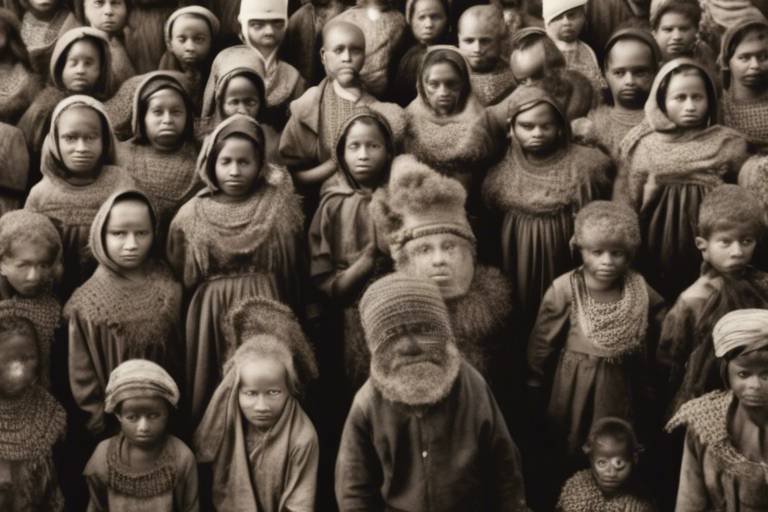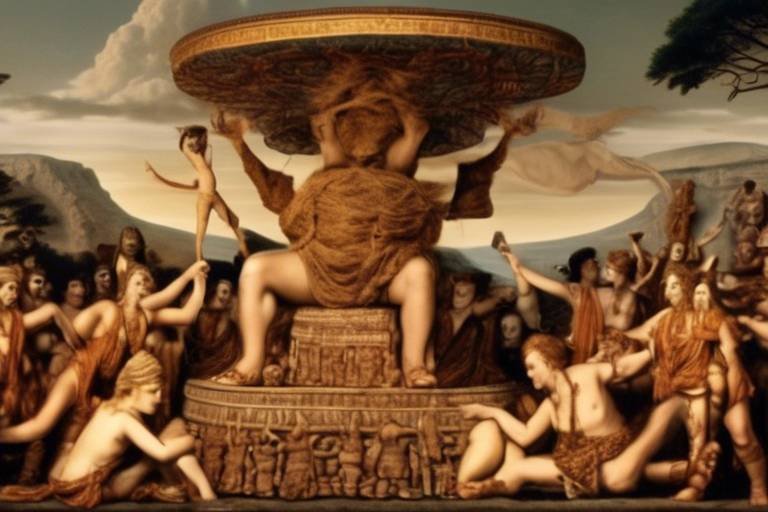The Role of Women in Ancient Religious Practices
Women played significant roles in ancient religious practices, often serving as priestesses, oracles, and symbols of fertility and divine power. Throughout history, women have been integral to the spiritual fabric of societies, embodying the sacred feminine in various religious traditions.
In ancient cults, priestesses held esteemed positions, guiding ceremonies, interpreting oracles, and connecting the earthly realm with the divine. From the mystical Oracle of Delphi in Greece to the revered priestesses of the goddess Isis in Egypt, these women were revered for their spiritual wisdom and connection to the divine.
Furthermore, women were revered as symbols of fertility and motherhood, embodying the life-giving forces of nature. Deities like Demeter, Isis, and Inanna were worshipped for their nurturing qualities, symbolizing the cycles of life, death, and rebirth that were central to ancient religious beliefs.
Ancient pantheons were rich with powerful female deities and mythological figures, each representing different aspects of the human experience. Goddesses such as Athena, Freyja, and Kali embodied qualities of wisdom, love, war, and creation, shaping the beliefs and practices of ancient civilizations.
Women actively participated in religious rituals, offering prayers, sacrifices, and libations to honor the gods and goddesses. Their presence in these sacred rites was essential for maintaining cosmic balance and harmony, ensuring the well-being of their communities.
In sacred marriages and rituals, women were seen as the earthly counterparts of male gods, symbolizing the union of masculine and feminine energies. These unions were believed to bring fertility and prosperity, reinforcing the interconnectedness of all aspects of life.
Moreover, women often served as keepers of sacred knowledge, passing down teachings and traditions through generations. Their role as teachers and mentors was crucial for preserving the spiritual heritage of ancient societies, ensuring that wisdom was transferred from one generation to the next.
Despite their vital roles, women faced challenges and restrictions due to societal norms and patriarchal structures. These limitations influenced the extent of their participation and leadership in religious affairs, highlighting the complexities of gender dynamics in ancient societies.
The legacy of women in ancient religious practices continues to resonate in modern interpretations of spirituality and gender roles. By acknowledging their historical contributions and navigating the challenges they faced, we gain a deeper appreciation for the diverse roles women played in shaping religious beliefs and traditions.

Priestesses in Ancient Cults
Women played significant roles in ancient religious practices, often serving as priestesses, oracles, and symbols of fertility and divine power. This article explores the various ways in which women contributed to and participated in religious rituals and beliefs in ancient societies.
Priestesses held esteemed positions in various ancient religious cults, leading ceremonies, interpreting oracles, and embodying the divine feminine. Their roles varied across cultures, from the Oracle of Delphi in ancient Greece to the priestesses of the goddess Isis in ancient Egypt.
These priestesses were not mere conduits of religious practices but were revered for their wisdom, insight, and connection to the divine. They served as intermediaries between the mortal realm and the gods, offering guidance and spiritual leadership to their communities.
In ancient societies, priestesses were often highly educated and skilled in various arts, including music, dance, and healing. They were not only spiritual leaders but also cultural influencers, shaping the beliefs and practices of their time.
One notable example is the Vestal Virgins of ancient Rome, who dedicated themselves to the goddess Vesta and maintained the sacred fire of the city. These priestesses were respected for their purity, devotion, and commitment to upholding religious traditions.
Throughout history, priestesses in ancient cults played crucial roles in preserving religious knowledge, performing sacred rituals, and guiding their communities towards spiritual enlightenment. Their legacy continues to inspire reverence for the divine feminine and the power of women in religious practices.
Q: Were all priestesses in ancient cults celibate?
A: While some priestesses, like the Vestal Virgins, were required to maintain celibacy as part of their sacred duties, not all priestesses in ancient cults were celibate. The specific requirements varied depending on the religious traditions and beliefs of the culture.
Q: Did priestesses have political influence in ancient societies?
A: In some cases, priestesses held significant political influence in ancient societies due to their roles as spiritual leaders and advisors to rulers. Their connection to the divine often granted them a level of authority and respect that extended beyond religious matters.
Q: How were priestesses chosen for their roles?
A: The selection of priestesses varied across cultures and cults. In some cases, priestesses were chosen based on hereditary lineage, while in others, they were selected for their spiritual gifts, wisdom, and dedication to the gods.
Q: What symbols were associated with priestesses in ancient cults?
A: Priestesses in ancient cults were often associated with symbols of fertility, such as the cornucopia or the crescent moon, representing the cycles of life, death, and rebirth. They were also linked to sacred animals, like the owl or the snake, symbolizing wisdom and transformation.

Symbols of Fertility and Motherhood
Women in ancient religions were often revered as symbols of fertility and motherhood, embodying the cycles of life, death, and rebirth. Deities like Demeter, Isis, and Inanna were worshipped for their nurturing and life-giving qualities, reflecting the importance of women in sustaining the natural order and ensuring the continuity of life. These goddesses symbolized the earth's fertility and the power of creation, serving as sources of inspiration and guidance for believers seeking abundance and renewal.

Female Deities and Mythological Figures
Women played significant roles in ancient religious practices, often serving as priestesses, oracles, and symbols of fertility and divine power. This article explores the various ways in which women contributed to and participated in religious rituals and beliefs in ancient societies.
Priestesses held esteemed positions in various ancient religious cults, leading ceremonies, interpreting oracles, and embodying the divine feminine. Their roles varied across cultures, from the Oracle of Delphi in ancient Greece to the priestesses of the goddess Isis in ancient Egypt.
Women were revered as symbols of fertility and motherhood in many ancient religions, with goddesses like Demeter, Isis, and Inanna representing the cycles of life, death, and rebirth. These deities were worshipped for their nurturing and life-giving qualities.
Ancient pantheons included powerful female deities and mythological figures such as Athena, Freyja, and Kali, who embodied aspects of wisdom, love, war, and creation. These goddesses played essential roles in shaping religious beliefs and practices.
Women actively participated in religious rituals and ceremonies, offering prayers, sacrifices, and libations to honor the gods and seek their favor. Their presence in these sacred rites was crucial for maintaining harmony and balance in the cosmos.
In some ancient traditions, women were seen as the earthly counterparts of male gods, participating in sacred marriages and rituals symbolizing the union of the divine masculine and feminine energies. These unions were believed to ensure fertility and prosperity for the community.
Women often served as keepers of sacred knowledge, passing down religious teachings, rituals, and traditions through generations. Their roles as teachers and mentors were essential for preserving the spiritual heritage of ancient societies.
Despite their important roles in ancient religious practices, women also faced challenges and restrictions based on societal norms and patriarchal structures. These limitations influenced the extent of their participation and leadership in religious affairs.
The legacy of women in ancient religious practices continues to inspire modern interpretations of spirituality and gender roles. By exploring their historical contributions and challenges, we gain a deeper understanding of the diverse roles women played in shaping religious beliefs and traditions.
Q: Were women always respected in ancient religious practices?
A: While women held important roles in some ancient religions, their level of respect and influence varied depending on the culture and societal norms of the time.
Q: Did women have the same religious rights as men in ancient societies?
A: In many cases, women did not have the same religious rights as men and were often restricted in their participation in certain rituals and ceremonies.
Q: How did the role of women in ancient religious practices influence modern spirituality?
A: The contributions of women in ancient religious practices have influenced modern interpretations of spirituality, gender roles, and the representation of divine feminine energies.
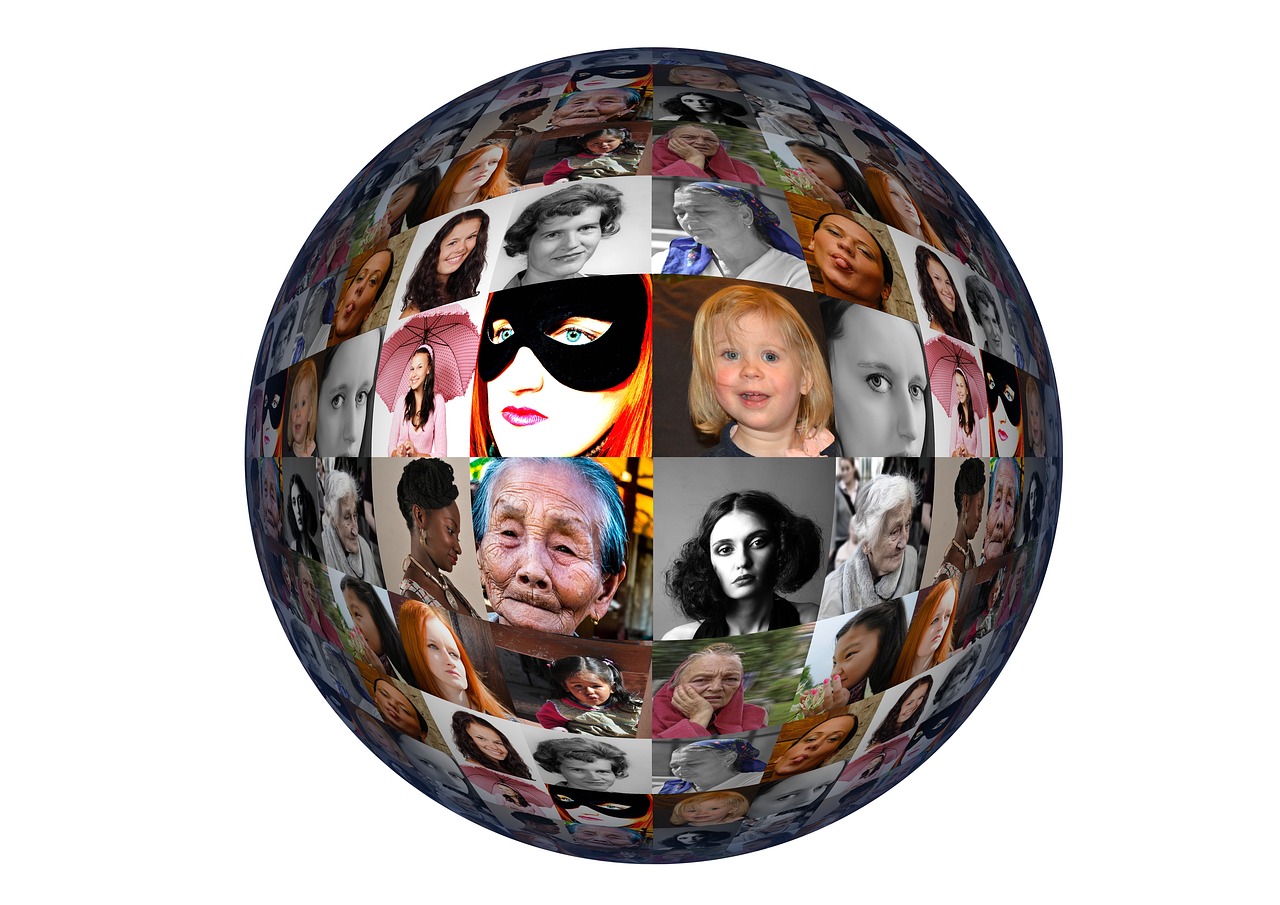
Women as Ritual Participants
Women in ancient societies played vital roles as ritual participants in religious ceremonies and practices. They were not mere spectators but active contributors to the sacred rituals that connected them to the divine realm. Through their participation, women offered prayers, sacrifices, and libations to honor the gods and goddesses, seeking blessings and divine favor for their communities.
In many ancient cultures, women's involvement in religious rituals was seen as essential for maintaining cosmic harmony and balance. Their presence symbolized the interconnectedness between the earthly realm and the spiritual world, bridging the gap between mortals and deities. Women's active engagement in these rituals highlighted their spiritual devotion and commitment to upholding religious traditions.
Moreover, women's roles as ritual participants extended beyond simple acts of worship. They often served as conduits of divine energy, channeling spiritual power through their actions and offerings. By actively engaging in sacred ceremonies, women embodied the sacred feminine energy that was believed to nurture and sustain the universe.
Throughout history, women have been integral to the practice of rituals that honored the gods and goddesses, celebrated seasonal festivals, and marked important life events. Their presence in these ceremonies not only reflected their spiritual dedication but also emphasized their status as respected members of the religious community. Women as ritual participants were not passive followers but active agents of religious expression and devotion.

Divine Consorts and Sacred Marriages
In ancient traditions, the concept of divine consorts and sacred marriages played a significant role in religious practices. Women were often viewed as the earthly counterparts of male gods, symbolizing the union of divine energies. These sacred unions were believed to bring about fertility, abundance, and harmony within the community.
One prominent example of this belief can be seen in the mythology of ancient Mesopotamia, where the goddess Inanna engaged in a sacred marriage with the shepherd-king Dumuzid. This union was celebrated as a symbolic representation of the sacred bond between the goddess of love and fertility and the earthly ruler, ensuring the prosperity and well-being of the land.
Similarly, in ancient Egypt, the pharaoh was often seen as the living embodiment of the god Horus, while the queen was associated with the goddess Isis. The royal couple's sacred union was believed to mirror the cosmic balance between the divine masculine and feminine forces, essential for maintaining order and fertility in the kingdom.
These sacred marriages were not merely symbolic but were also ritually enacted, often during religious festivals or ceremonies. The union of a divine consort and a mortal representative was considered a powerful and auspicious event, believed to bring blessings and abundance to the community.
Through these sacred marriages, ancient societies sought to establish a connection between the earthly realm and the divine, emphasizing the importance of balance and harmony in both the natural and supernatural worlds. The role of women as divine consorts in these rituals highlighted their significance in mediating between the human and divine realms, ensuring the continuity and prosperity of the community.
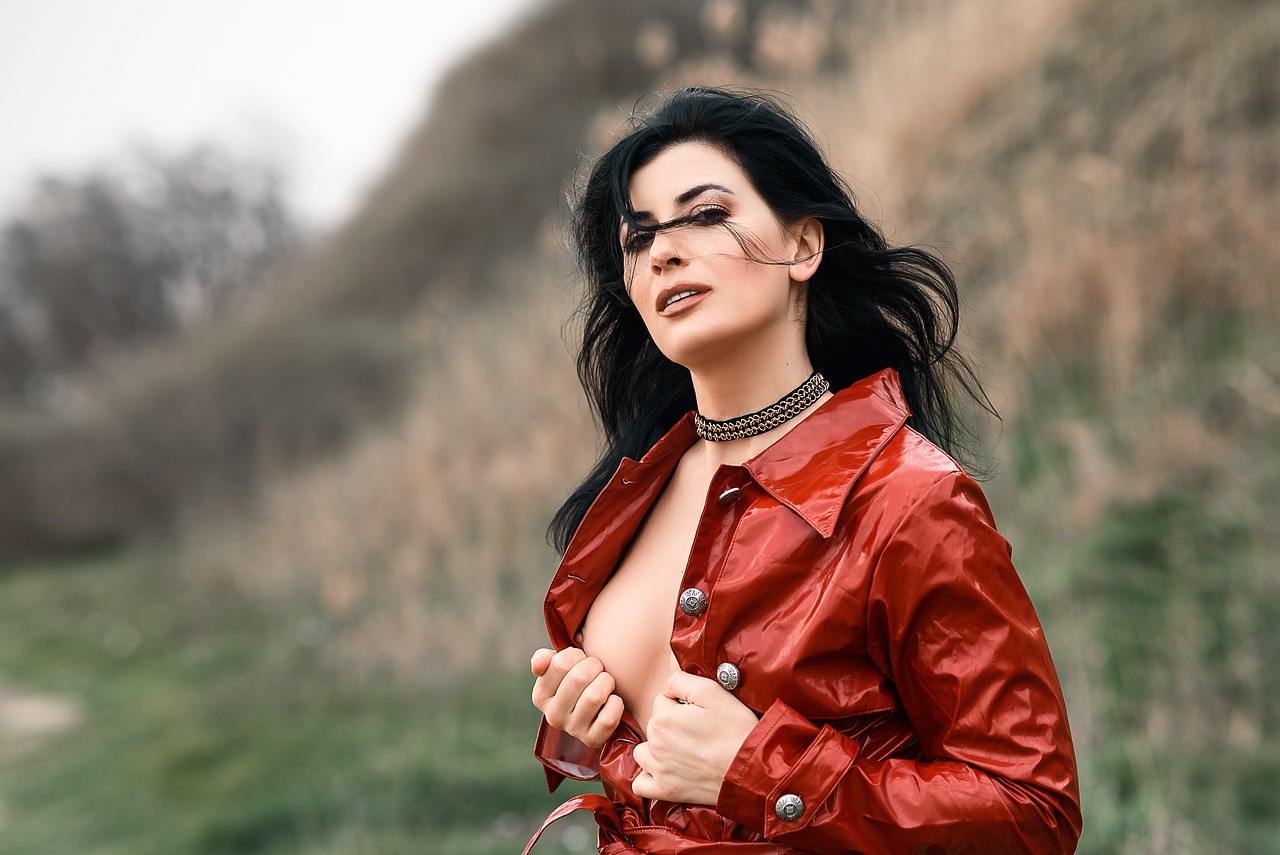
Women as Keepers of Sacred Knowledge
Women have long been entrusted with the crucial role of preserving and passing down sacred knowledge in ancient religious traditions. Serving as the guardians of spiritual wisdom, they held the responsibility of transmitting rituals, teachings, and traditions to future generations. This sacred duty often involved not only memorizing and reciting sacred texts but also interpreting their meanings and implications for the community.
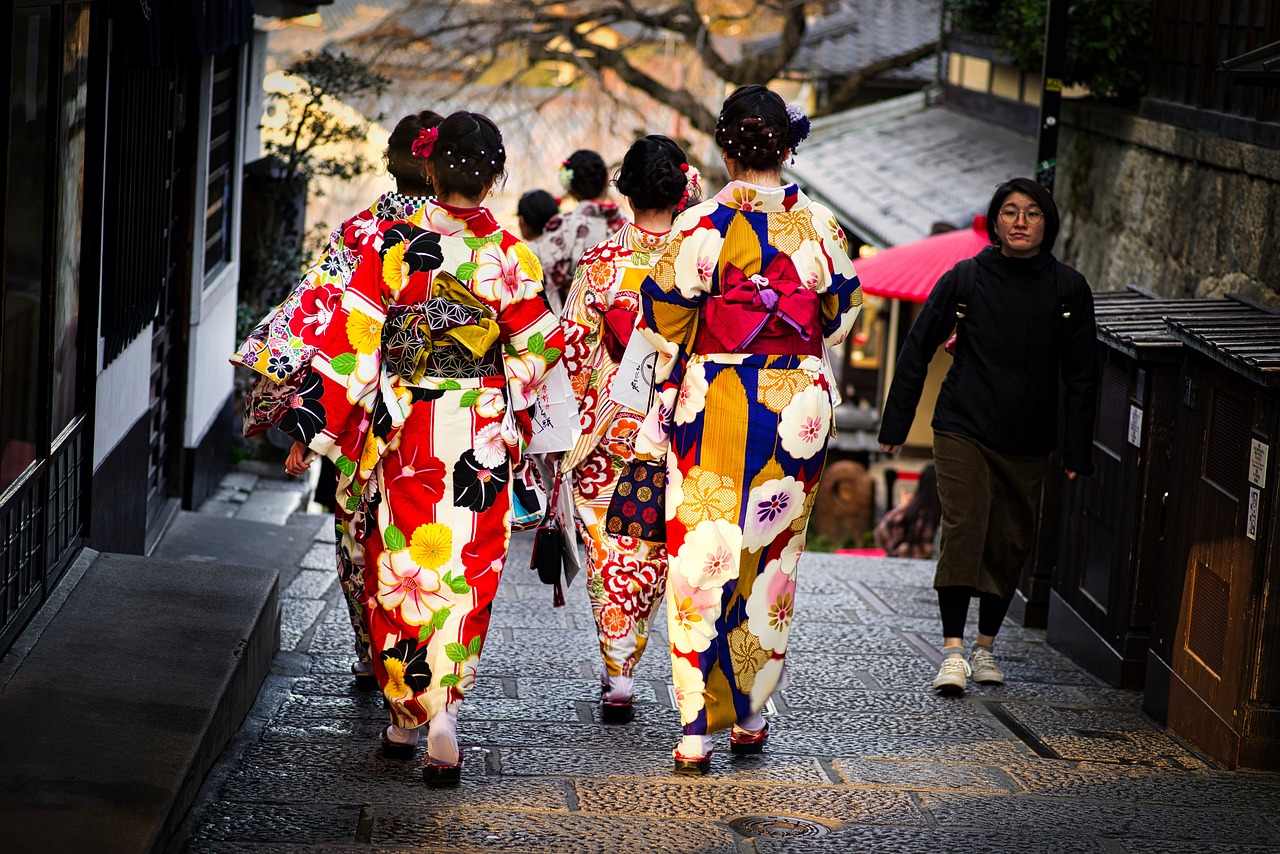
Challenges and Restrictions Faced by Women
Women in ancient religious practices faced numerous challenges and restrictions that hindered their full participation and leadership roles. Societal norms and patriarchal structures often limited their influence and authority within religious institutions.
One of the primary challenges faced by women was the exclusion from certain religious roles and ceremonies reserved exclusively for men. In many ancient societies, women were prohibited from becoming high priestesses or leading important rituals, relegating them to supportive roles.
Additionally, women often faced restrictions on their freedom of movement and expression within religious spaces. They were expected to adhere to strict codes of conduct and modesty, limiting their ability to express their spiritual beliefs and practices openly.
Moreover, the concept of purity and impurity played a significant role in restricting women's participation in religious activities. Menstruation, childbirth, and other natural bodily processes were often considered impure, leading to women being excluded from certain rituals and sacred spaces during these times.
Furthermore, the influence of patriarchal ideologies led to the marginalization of women's voices and perspectives in religious decision-making processes. Their opinions and contributions were often overlooked or dismissed in favor of male authority figures.
Despite these challenges, women in ancient religious practices found ways to navigate and subvert the restrictions imposed upon them. Through acts of resilience, creativity, and solidarity, they carved out spaces for themselves within the religious sphere, challenging traditional gender norms and expectations.
It is essential to recognize and acknowledge the struggles faced by women in ancient religious contexts, as their experiences continue to shape our understanding of gender dynamics and power structures in contemporary society.
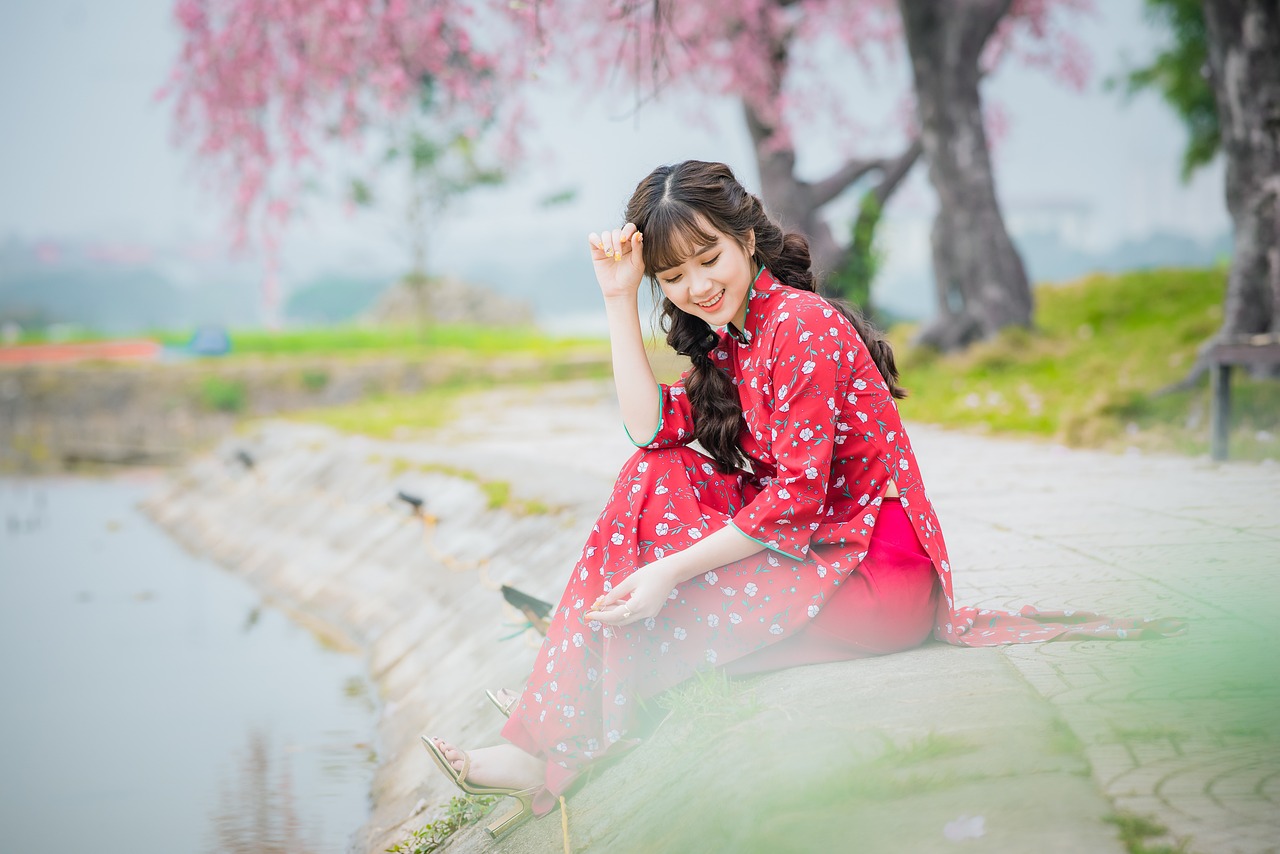
Legacy of Women in Ancient Religion
Women played significant roles in ancient religious practices, often serving as priestesses, oracles, and symbols of fertility and divine power. This article explores the various ways in which women contributed to and participated in religious rituals and beliefs in ancient societies.
Priestesses held esteemed positions in various ancient religious cults, leading ceremonies, interpreting oracles, and embodying the divine feminine. Their roles varied across cultures, from the Oracle of Delphi in ancient Greece to the priestesses of the goddess Isis in ancient Egypt.
Women were revered as symbols of fertility and motherhood in many ancient religions, with goddesses like Demeter, Isis, and Inanna representing the cycles of life, death, and rebirth. These deities were worshipped for their nurturing and life-giving qualities.
Ancient pantheons included powerful female deities and mythological figures such as Athena, Freyja, and Kali, who embodied aspects of wisdom, love, war, and creation. These goddesses played essential roles in shaping religious beliefs and practices.
Women actively participated in religious rituals and ceremonies, offering prayers, sacrifices, and libations to honor the gods and seek their favor. Their presence in these sacred rites was crucial for maintaining harmony and balance in the cosmos.
In some ancient traditions, women were seen as the earthly counterparts of male gods, participating in sacred marriages and rituals symbolizing the union of the divine masculine and feminine energies. These unions were believed to ensure fertility and prosperity for the community.
Women often served as keepers of sacred knowledge, passing down religious teachings, rituals, and traditions through generations. Their roles as teachers and mentors were essential for preserving the spiritual heritage of ancient societies.
Despite their important roles in ancient religious practices, women also faced challenges and restrictions based on societal norms and patriarchal structures. These limitations influenced the extent of their participation and leadership in religious affairs.
The legacy of women in ancient religious practices continues to inspire modern interpretations of spirituality and gender roles. By exploring their historical contributions and challenges, we gain a deeper understanding of the diverse roles women played in shaping religious beliefs and traditions.
Stay tuned for some frequently asked questions about the role of women in ancient religious practices!
Frequently Asked Questions
- Were women allowed to be priestesses in ancient religious practices?
Yes, women held esteemed positions as priestesses in various ancient religious cults, where they led ceremonies, interpreted oracles, and embodied the divine feminine.
- What roles did women play in ancient rituals?
Women actively participated in religious rituals and ceremonies by offering prayers, sacrifices, and libations to honor the gods and seek their favor, crucial for maintaining harmony and balance in the cosmos.
- Did women face any challenges in ancient religious practices?
Despite their important roles, women faced challenges and restrictions influenced by societal norms and patriarchal structures, impacting their extent of participation and leadership in religious affairs.
- How did women contribute to passing down sacred knowledge?
Women served as keepers of sacred knowledge, passing down religious teachings, rituals, and traditions through generations, playing essential roles as teachers and mentors in preserving spiritual heritage.
- What is the legacy of women in ancient religious practices?
The legacy of women in ancient religious practices continues to inspire modern interpretations of spirituality and gender roles, offering a deeper understanding of the diverse roles women played in shaping religious beliefs and traditions.







